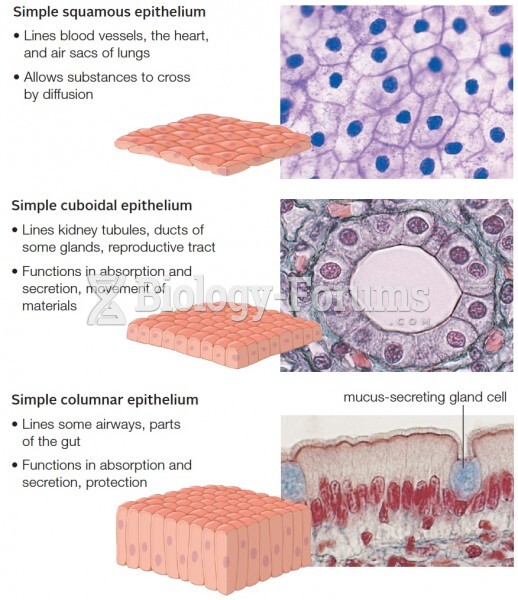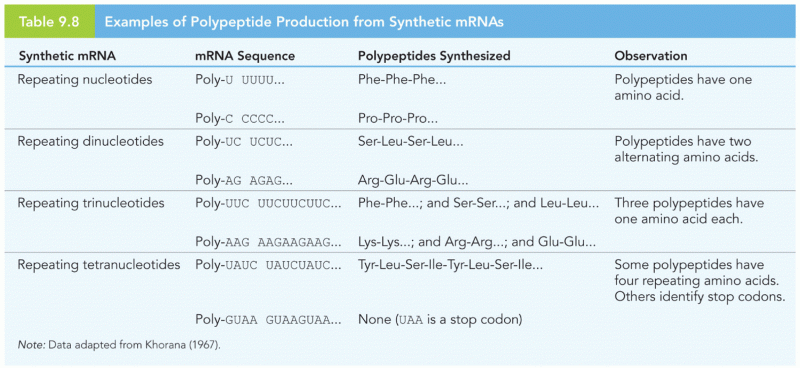Answer to Question 1
The Neoclassical style made a significant impact in the architectural world, inspiring buildings all over the world. Neoclassical architects took inspiration from simple geometric shapesspheres, cubes, and cylindersto provide a new, more abstract and austere Classicism. The ideal Neoclassical exterior was free of frivolous ornamentation, while its interior consisted of clean and rectilinear walls, soberly accented with engaged columns or pilasters, geometric motifs, and shallow niches. The noble nature of Neoclassical architecture often lent itself to public buildings, such as courthouses, churches, state buildings, and meeting halls. America drew extensively on Neoclassicism, and on the heritage of the ancients (and especially the history of the Roman Republic) to symbolize its newly forged commitment to the ideals of liberty and equality. The leaders of the American Revolution regarded themselves as descendants of ancient Roman heroes. Both the capitol building, with its dome on top, and the White House, with its numerous columns and symmetry, are examples of Neoclassical architecture in America.
Answer to Question 2
The Rococo style, in its elegance and luxuriousness, did not appeal to everyone. Diderot, for example, denounced Rococo boudoir imagery and demanded an art that made virtue attractive and vice odious. Both genre painting and Neoclassical works provided an alternative stylistic framework for artists.
Genre artists focused instead on scenes of everyday life and behavior among the middle and lower classes. Genre painting reflected the growing interest in middle-class tastes and values, as well as the popular fascination with the modern moral subjects that dominated the contemporary novel, the journal, and the theater. Painters, such as Jean-Baptiste Greuze, exalted the natural virtues of ordinary people and brought to life moralizing subjects.
Neoclassicism looked to the ancient Greco-Roman world for inspiration. In those ancient principles of symmetry, balance, and restraint, artists found a way to manifest the Enlightenment ideals of reason, clarity, and order. Neoclassicism equated beauty with goodness, virtue, and truth. In painting, sculpture, and music, artists embraced this style as a reaction to the illusionistic theatricality of the Baroque style and the fantasy of the Rococo style.







